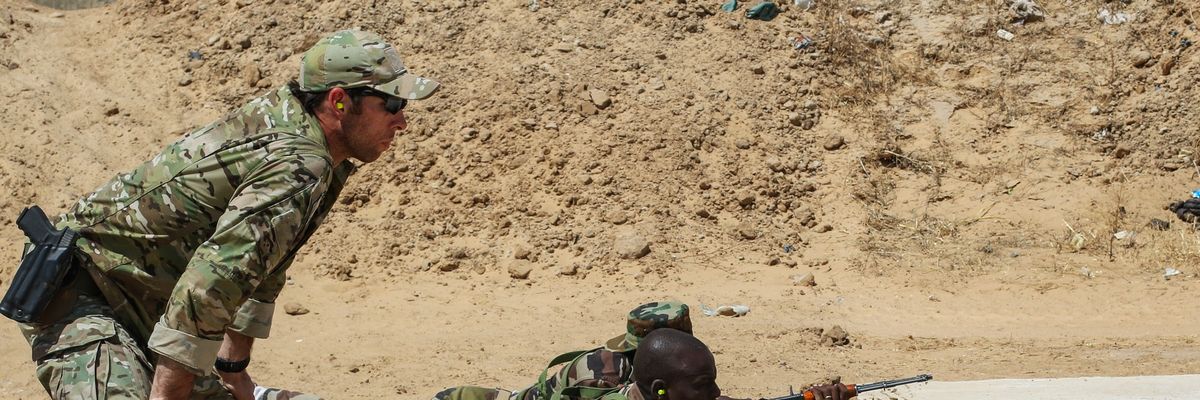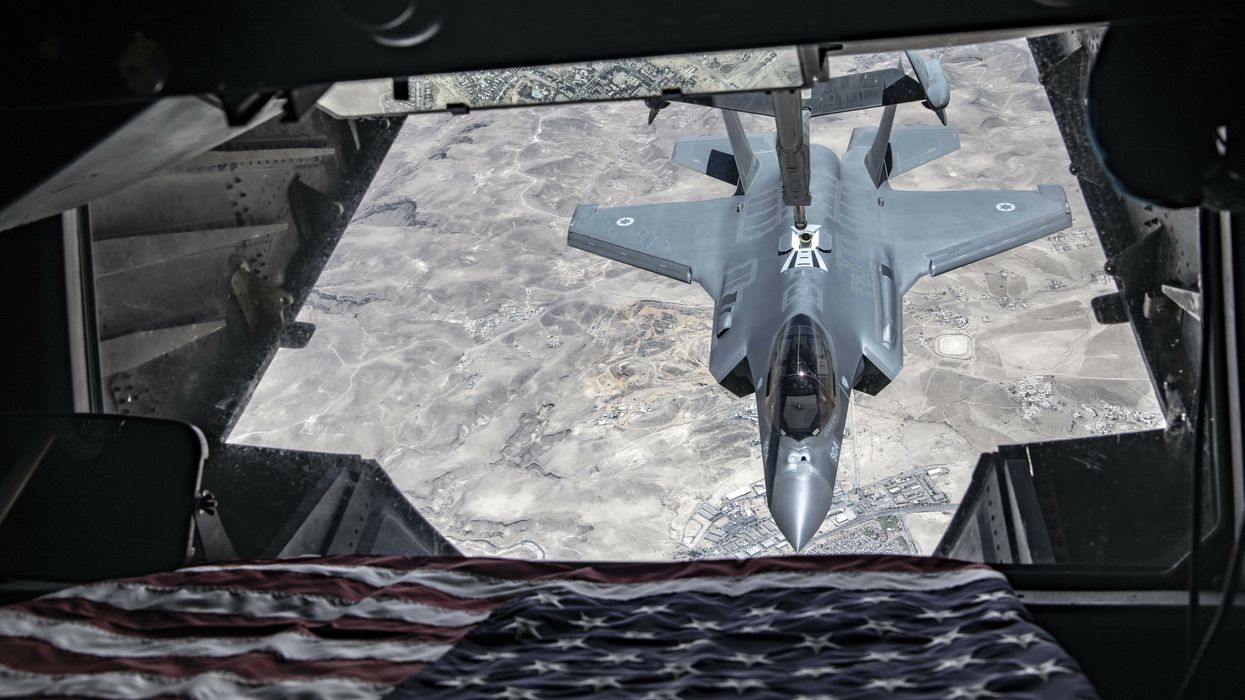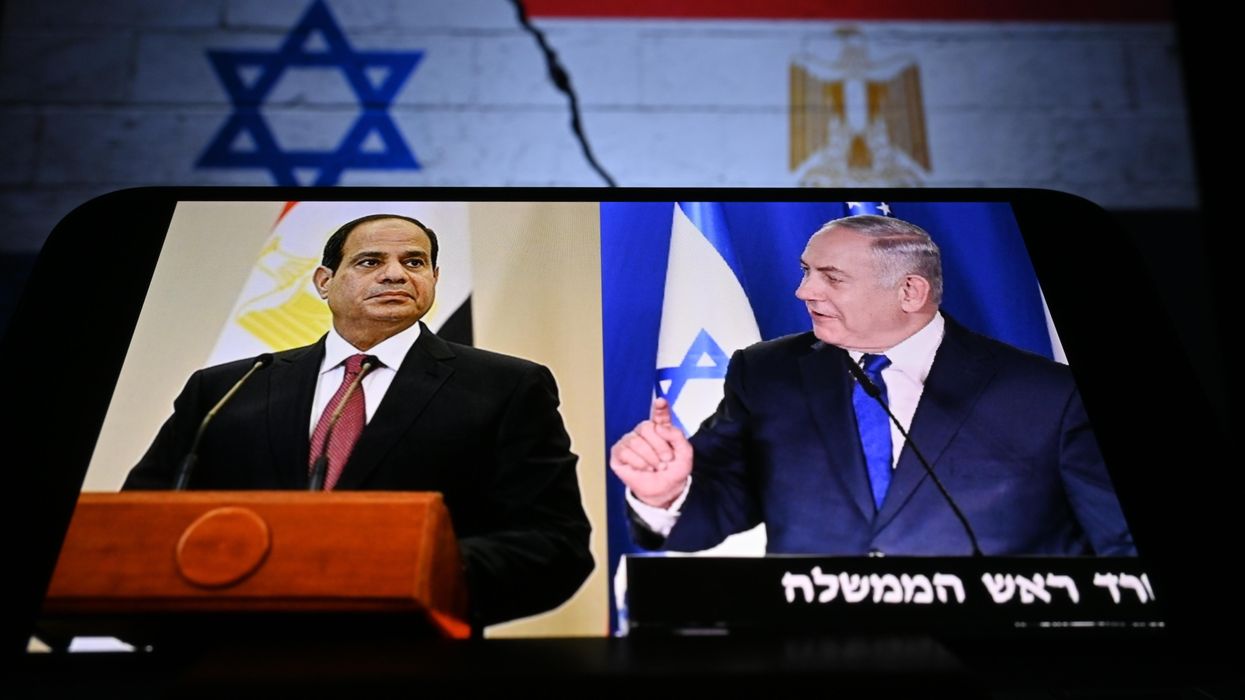Recent headlines from reports out of Mauritania in the New York Times and the Washington Post implicitly argue that the continued presence of U.S. troops in West Africa is essential in the fight against terrorist groups.
Unlike what many politicians, journalists, and pundits are claiming, U.S. troop withdrawal from West Africa and the Sahel region will not necessarily result in heightened terrorist activity. American boots on the ground have had difficulty containing or defeating terrorism in that part of the world. The U.S. and its allies have killed and captured a number of terrorist leaders but have not eliminated terrorism or extremist ideology in West Africa. It is time to explore other approaches — for example, community engagement — which in the long-run could prove more productive.
The argument that deployment of American troops is essential for combating terrorism could be valid if the counterterrorism strategy focuses primarily on taking territory back from al-Qaida, the Islamic State, or Boko Haram as was the case in Syria, Iraq, and northern Nigeria. Other than ISIS, which needed territory to legitimize its so-called caliphate, other terrorist organizations pursued their heinous acts without the need for a specific piece of real estate.
Some inside the Washington Beltway who are invested in continued troop presence in West Africa claim that any troop cuts would be detrimental to U.S. counterterrorism strategy and that withdrawal of U.S. forces would leave a vacuum to be filled by terrorist groups. The inconvenient truth is that terrorist organizations began their expansion despite the presence of French troops and their support of the different governments and regimes in the Sahel region. The deployment of American troops in support of the French mission in West Africa did not necessarily restrain terrorist activity in the region.
Fighting extremism and radicalism, however, is much more than depriving terrorists of territory. Combating the radical ideology and its appeal to potential recruits lies at the heart of a viable counterterrorism approach. Religious extremism, espoused by many terrorist organizations in the Muslim world and globally, is generally driven by two major factors: a radical interpretation of religion, and bad regime policies, including repression, corruption, discrimination, sectarianism, and poor economic policies.
Military intervention or troop deployment addresses these two broad factors only marginally. Good old fashioned intelligence and community engagement go a long way toward fighting international terrorism and delegitimizing the extremist narrative. Again, West Africa and the Sahel region are no exception.
In other areas where fighting terrorism does not rely primarily on the U.S. military, American intelligence operatives in the field have used human intelligence or HUMINT successfully. They were able to infiltrate nefarious groups, recruit local informers as assets and sources of information on what is happening in their communities, and employ technical means or SIGINT to collect intelligence and track the movements of violent extremists.
Through this focused mission, intelligence agents have been able to piece together critical information about radicalizers and recruiters in different communities across the Middle East and Africa. They have been able to identify and track current and rising leaders of the different terrorist groups and the social, political, economic, and religious context in which they operate. Intelligence officers have been able to penetrate the social media platforms used by terrorists and obtain useful information about their use of cyber warfare, hacking, and tools of recruitment and communication.
Over the years, intelligence work has helped identify and liquidate key terrorist leaders, including Osama Bin Laden, Abu Mus’ab al-Zarqawi, Abu Bakr al-Baghdadi, and others in Syria, Iraq, Yemen, Libya, Somalia, Pakistan, Afghanistan, East and West Africa, and elsewhere. Intelligence officers acquire expertise about terrorist groups and the areas they operate in through language fluency, knowledge of cultural practices, nuances, and loyalties. Immersion in tribal societies, whether in Iraq, Yemen, or Afghanistan, has helped these officers gain valuable information about the different malevolent groups and Sunni radical mosques and so-called Salafi charitable groups in those countries.
In recent years, the changing nature and operations of terrorist groups have led intelligence operators and collectors in West Africa to rely on the military, drones, and other weapons systems to combat terrorist groups. All of the methods, however, could still be used in the Sahel and other parts of West Africa without having American boots on the ground.
One could argue that engaging the different communities in that region as “civilians” would be more effective than heavily armed uniformed soldiers. Working with communities in West African countries on tangible projects that improve people’s lives is more effective than the kinetic force used by the military.
The way forward
The withdrawal of U.S. troops from West Africa should not be disconcerting. The administration could put in place certain policies and commitments that would prevent the creation of the dreaded vacuum. At least three specific suggestions come to mind. First, the U.S. government could provide the French military in West Africa, remotely, with the necessary technological and cyber tools to target and track the movement of terrorists throughout the region. Intelligence sharing with the French, which could include SIGINT, would go a long way toward locating and apprehending terrorist leaders.
Second, the administration should boost American intelligence activities in the region through transnational collaboration with intelligence agencies in the different West African and Sahel countries facing imminent terrorist threats. Such collaboration should be devoid of politics, have clear objectives, and be based on a common and mutually acceptable definition of what constitutes terrorism and a terrorist activity.
Transnational intelligence collaboration, based on professionalism and sound tradecraft training, usually but not always, underpins a clear definition of terrorism. In dealing with dictatorial regimes, such a definition must not advance the repressive policies of particular rulers under the guise of fighting terrorism. This has never been an easy task, especially when the terrorist threat in a particular region requires collaboration with the intelligence services of autocratic and repressive regimes.
Recent history has shown that certain political leaders in countries across the globe, including in West Africa, have labeled dissident activists or groups that oppose a ruler’s repressive and corrupt policies as terrorists. Lumping domestic opposition groups with transnational and foreign groups might serve the interests of a particular leader but not American interests. Therefore, as I noted in a chapter in “Combating Transnational Terrorism: Searching for a New Paradigm” — which was derived from a presentation I delivered in 2009 at Oxford University — it’s possible to argue that intelligence collaboration should not continue with politically-motivated intelligence services in autocratic regimes because of the fear that such collaboration could further the interests of the autocratic regime.
Third, the Trump administration should increase the State Department’s budget for community engagement in countries in need, especially in West Africa and the Sahel region. Military withdrawal should be followed by massive programs designed to improve the lives of peoples in West African countries. These aid programs would cover health, education, women’s health and children’s hygiene, farming, clean water, electricity, vocational training for teenagers, start-ups of community-based businesses, and job creation enterprises.
During my numerous visits to many of these countries, I discovered that most people, whether in major cities or in small poor hamlets in rural areas across the Sahel region, are more interested in providing a decent life for their families, educating their children, paying bills, and putting food on the table. In most cases, they drift toward radical ideologies when they see no hope for a better future. Radicalizers operate well in such a murky environment. If Washington believes that a healthy, prosperous, and promising West Africa is good for America’s interest, community engagement, not the military, is the only promising policy.
















